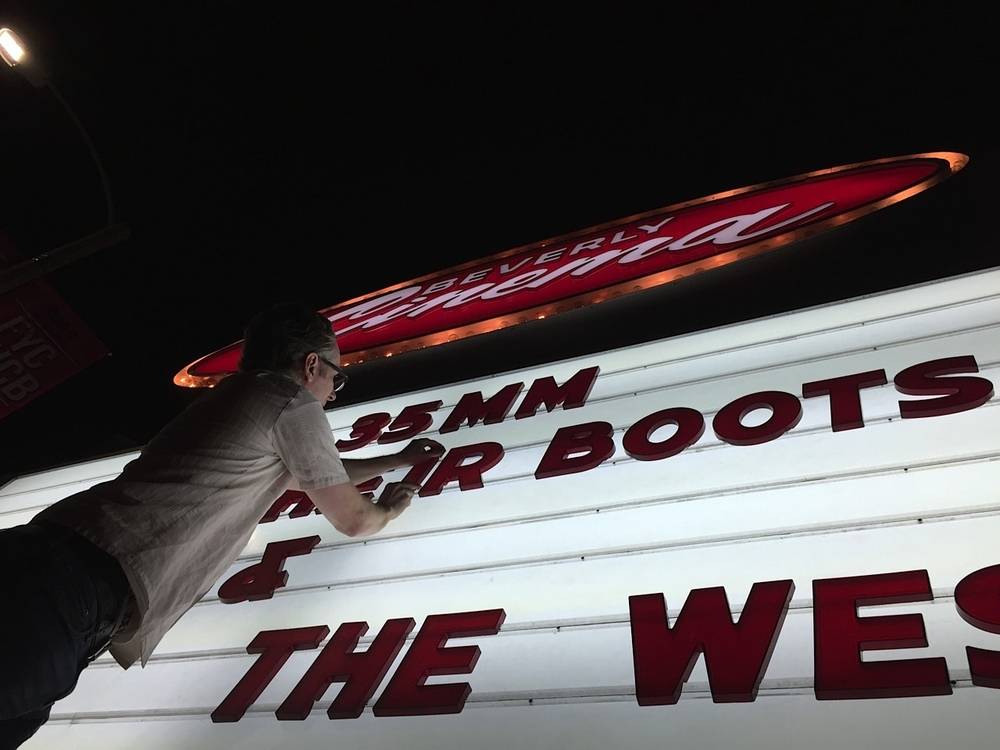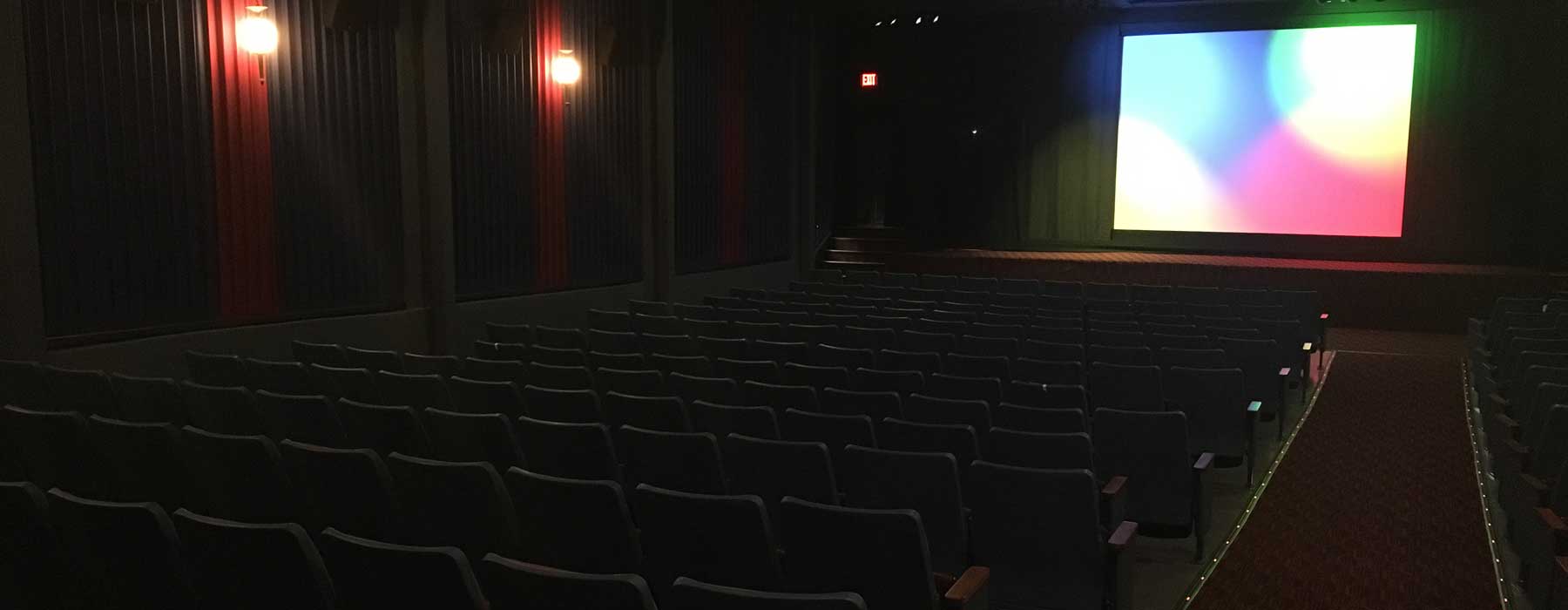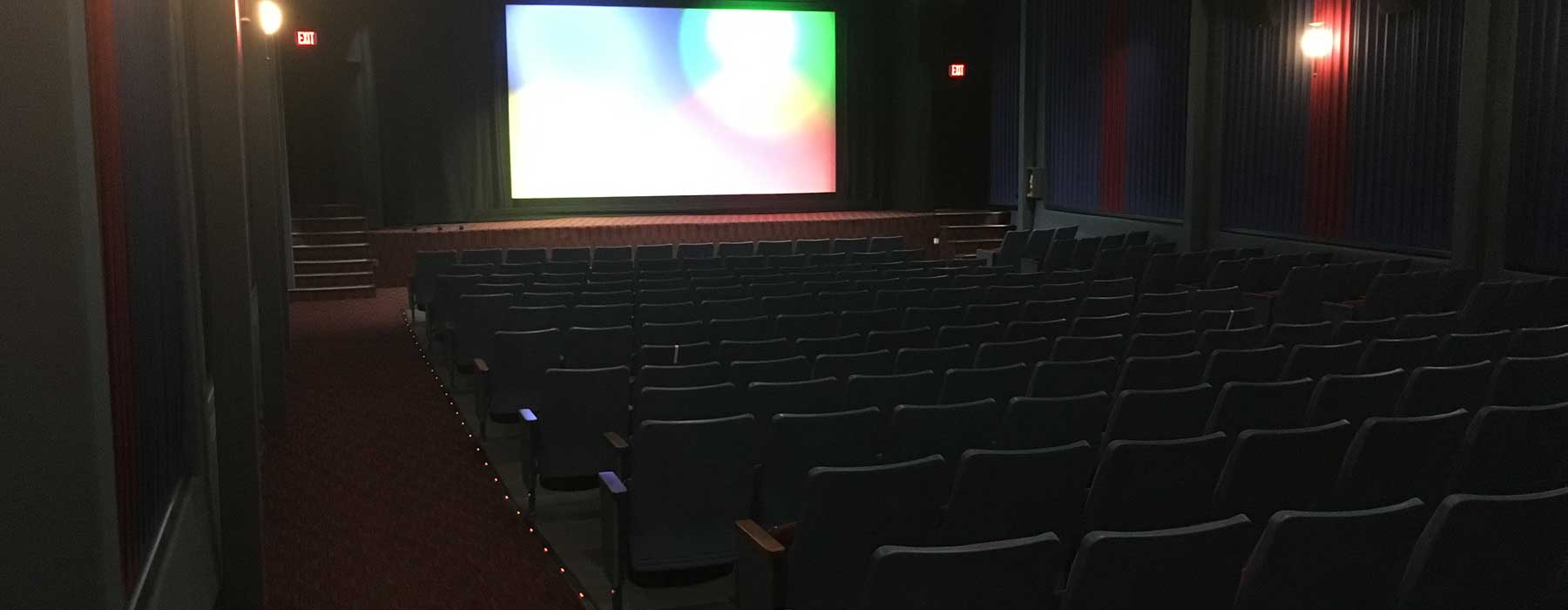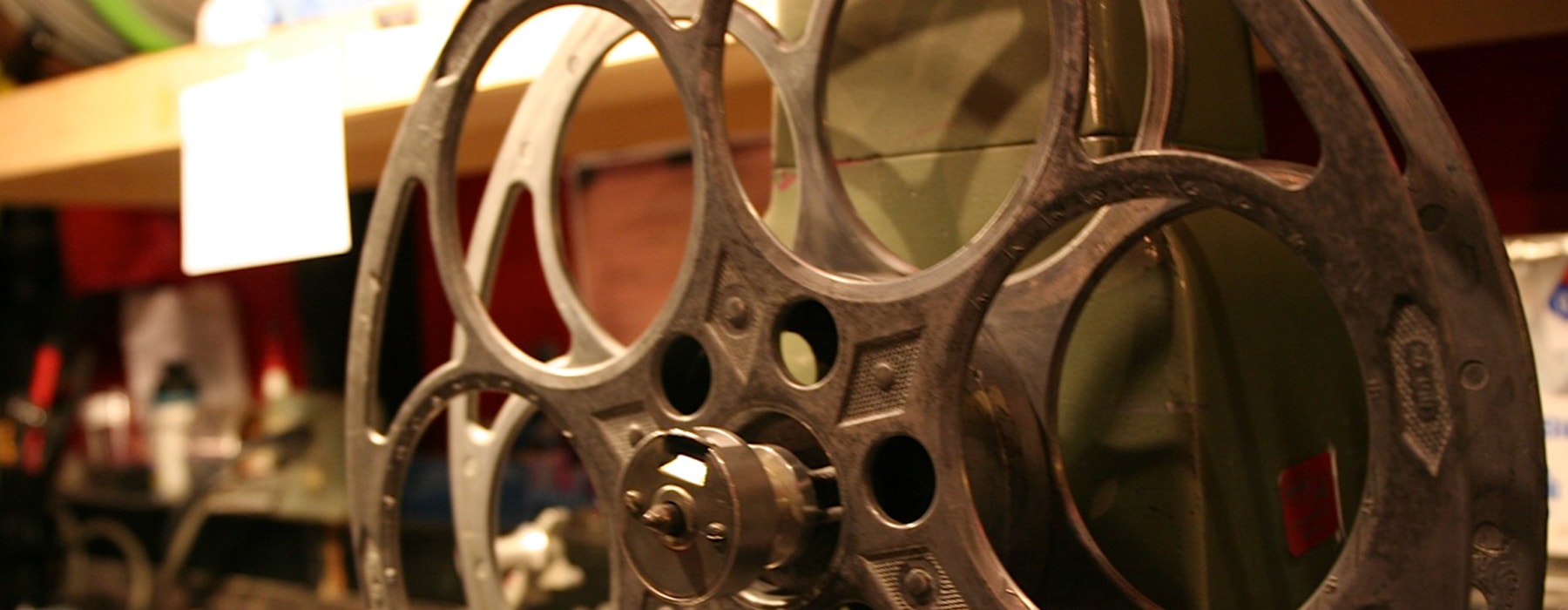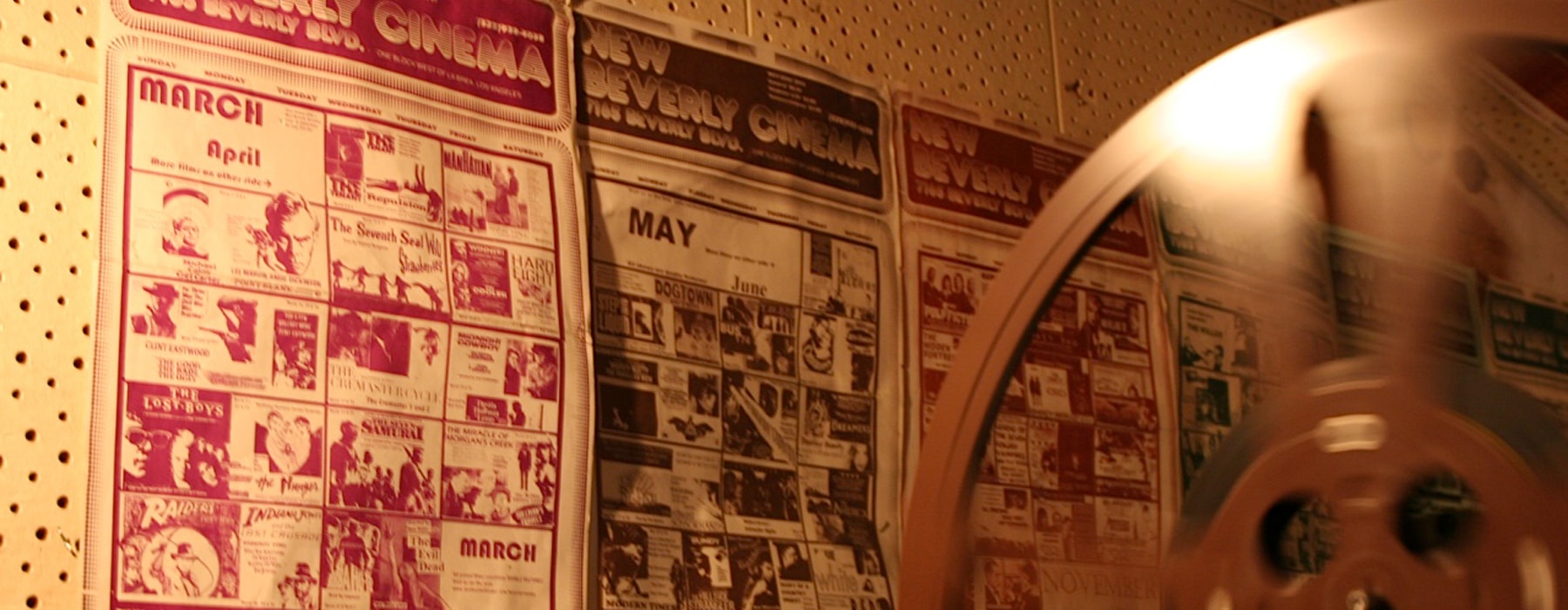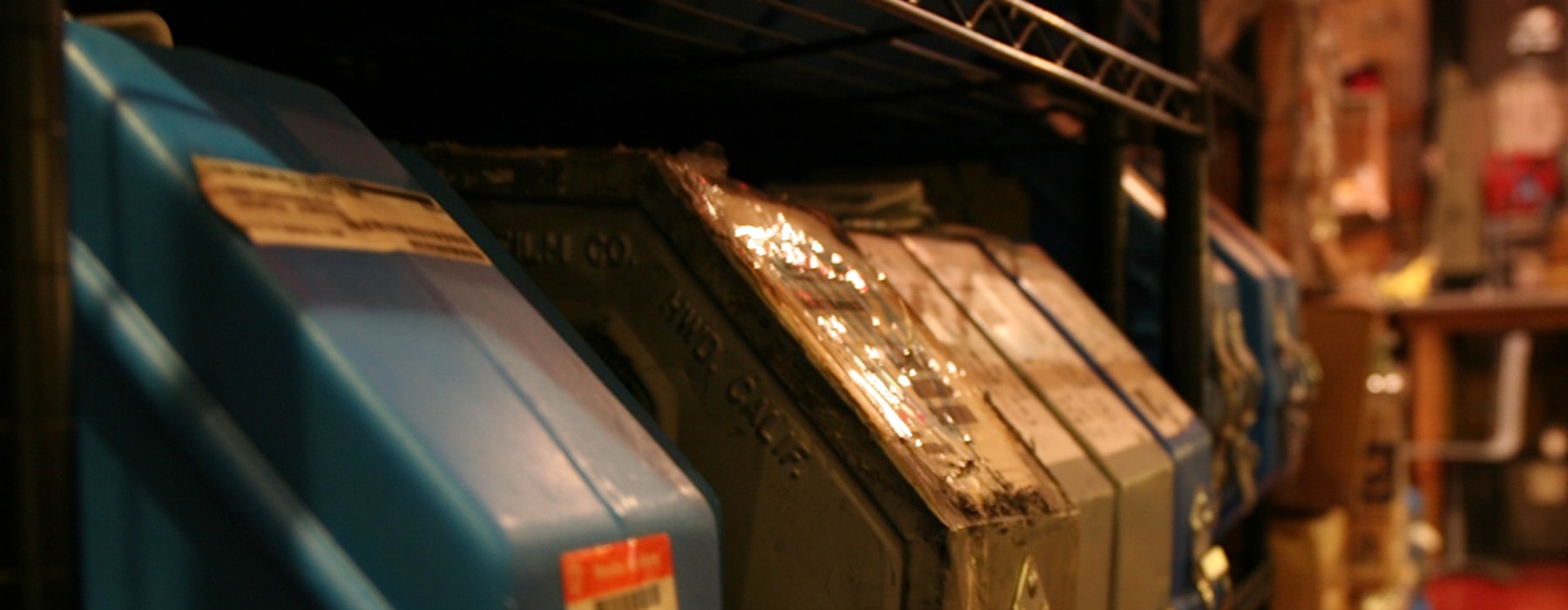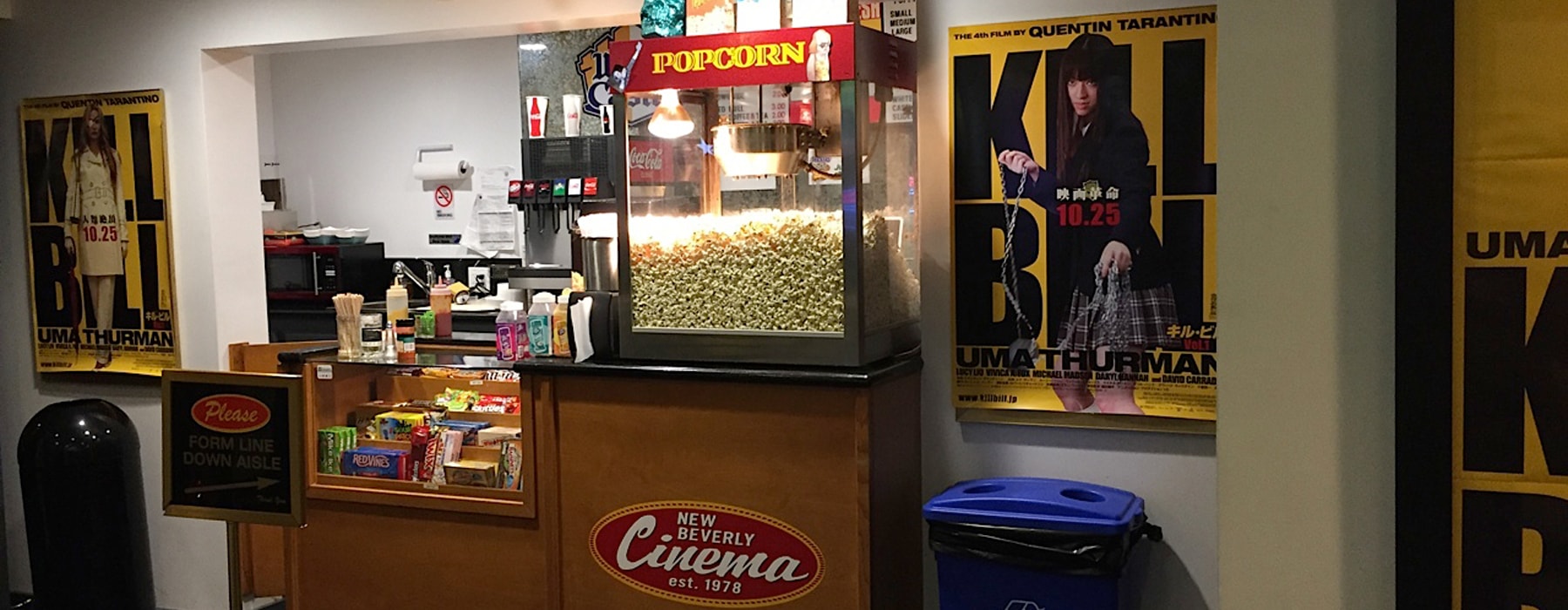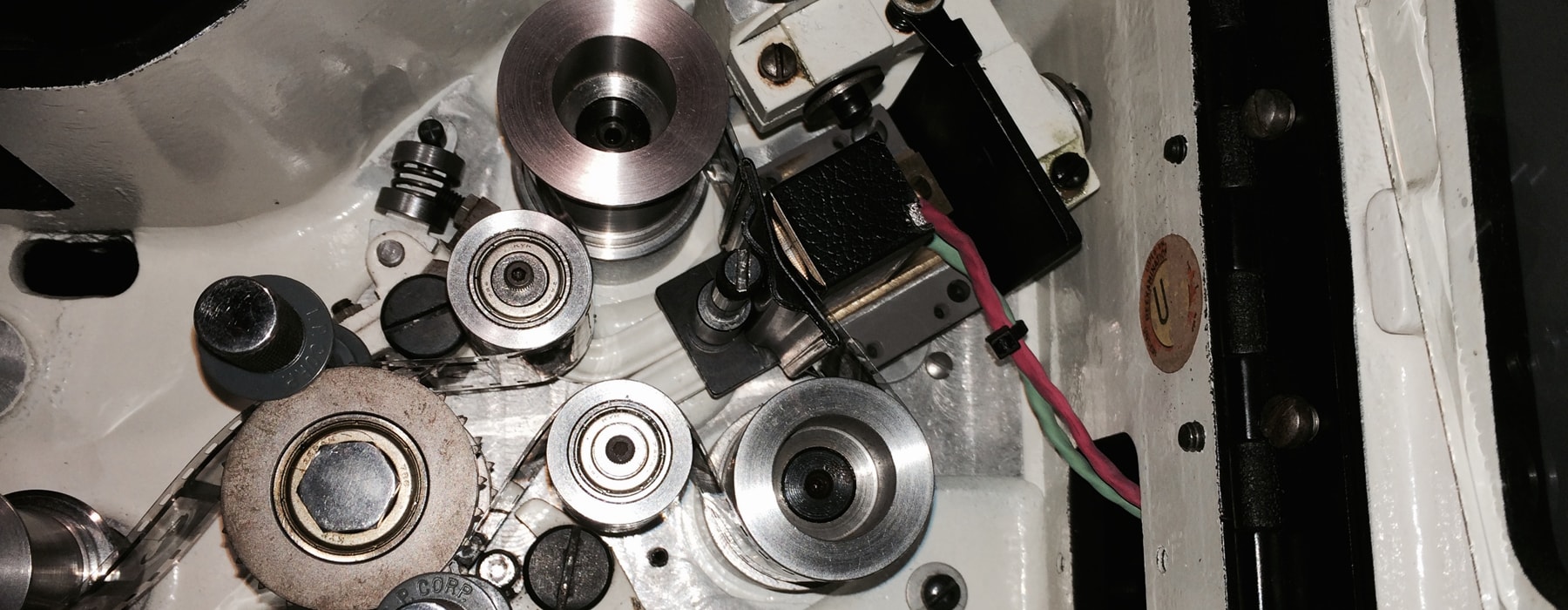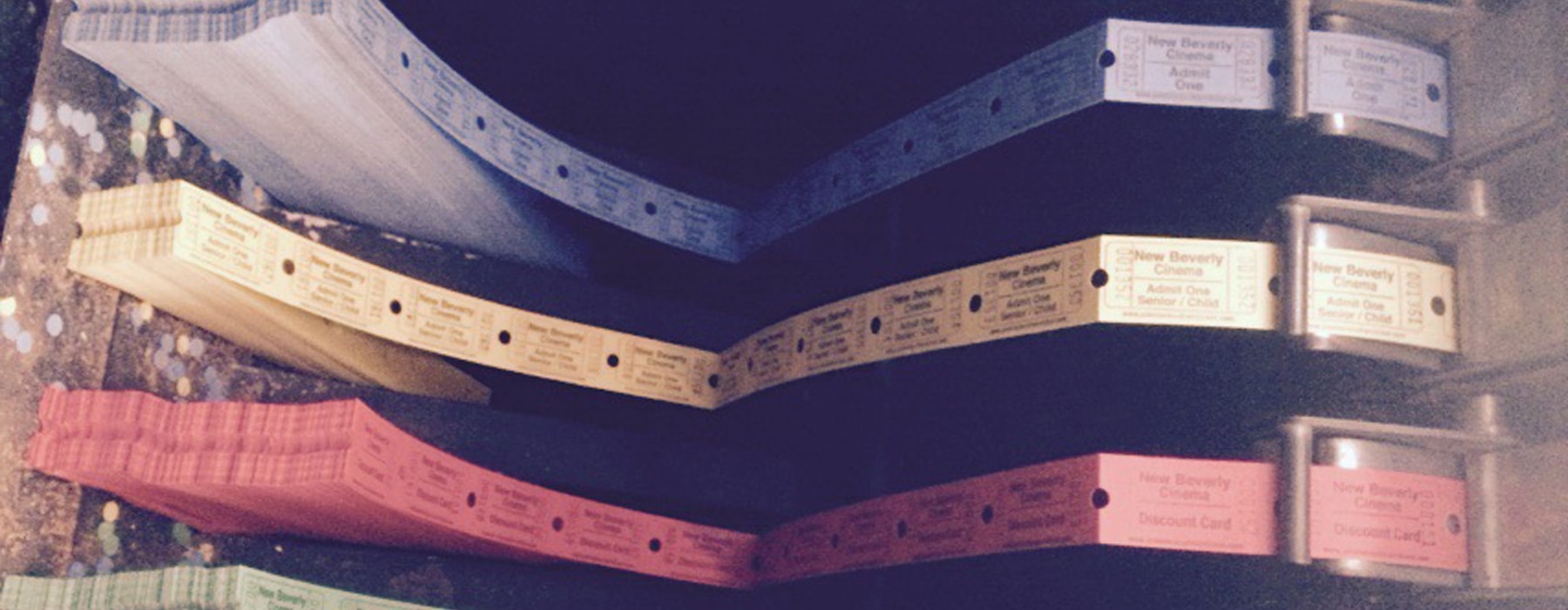A vaudeville house, candy factory & beer parlor, Jewish Community Center and celebrity nightclub, a lot of magic happened at 7165 Beverly Blvd before the first film projectors rolled in. But everything would change in 1978 when Sherman Torgan turned a shuttered adult theater into the repertory movie haven we know today as the New Beverly Cinema.
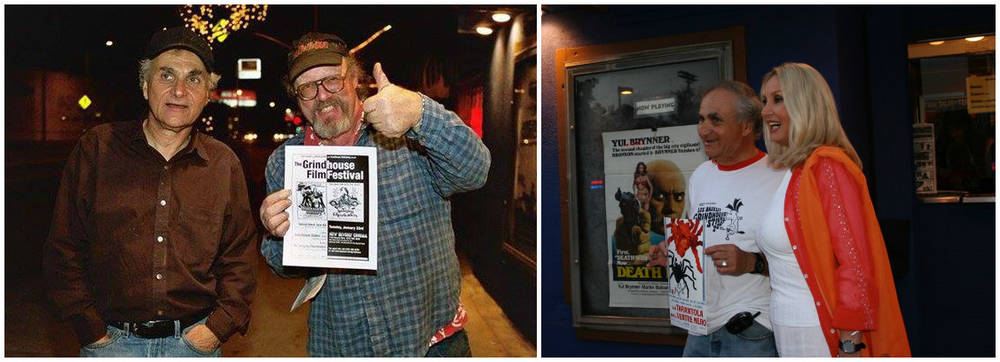
For nearly 30 years Sherman Torgan dedicated his life to sharing his love of motion pictures, turning a simple venue into a de facto film school and beloved cultural hub through nightly themed double feature pairings of classic, foreign, independent and arthouse cinema. Seeing Sherman in the box office was always a welcome sight for the city’s cinephiles. Upon his untimely death in 2007, his son Michael assumed day-to-day operations, helping usher in a new era for the theater. Michael continues to use his deep knowledge and passion to help manage the theater to this day.
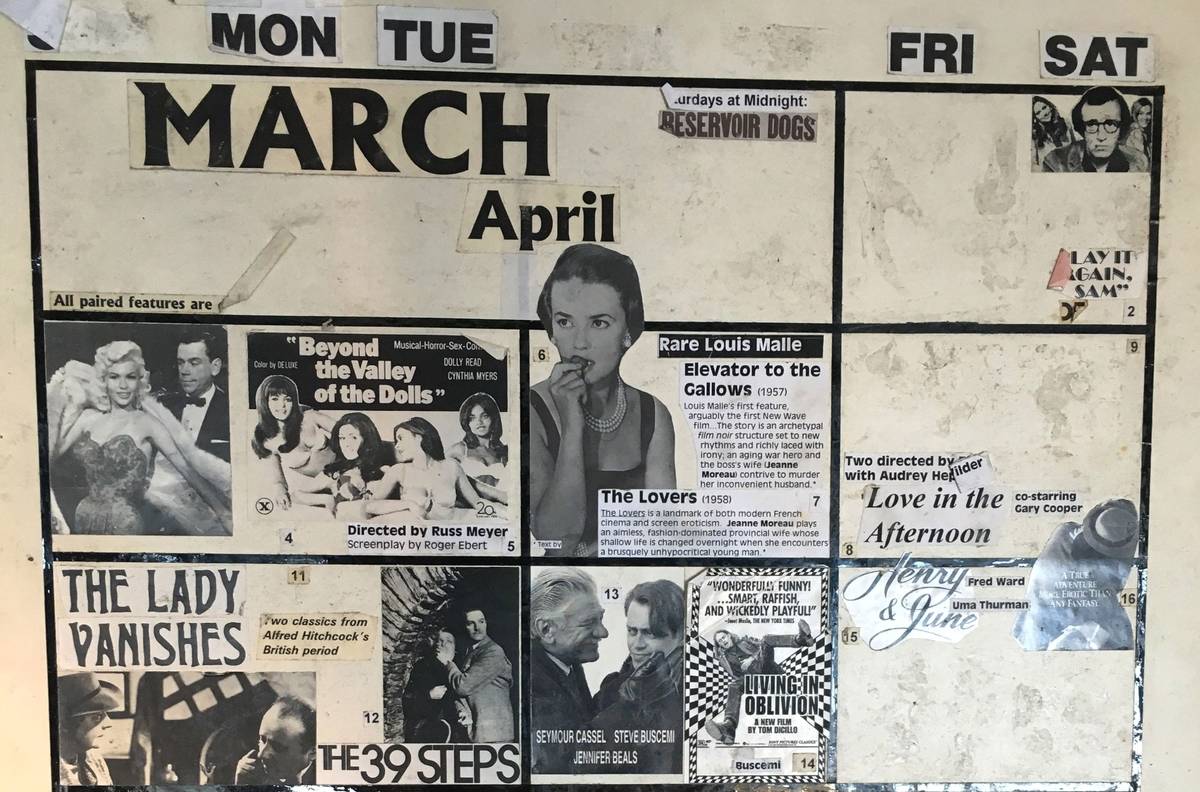
After 10 years of being a benefactor of the theater, Oscar-winning filmmaker Quentin Tarantino became owner and head programmer. Committed to celluloid, Quentin made the unique decision to have the New Beverly solely project film prints. "I want the New Beverly to be a bastion for 35mm films. I want it to stand for something. When you see a film on the New Beverly calendar, you don’t have to ask whether it’s going to be shown in DCP or in 35mm. You know it’s playing in 35 because it’s the New Beverly."
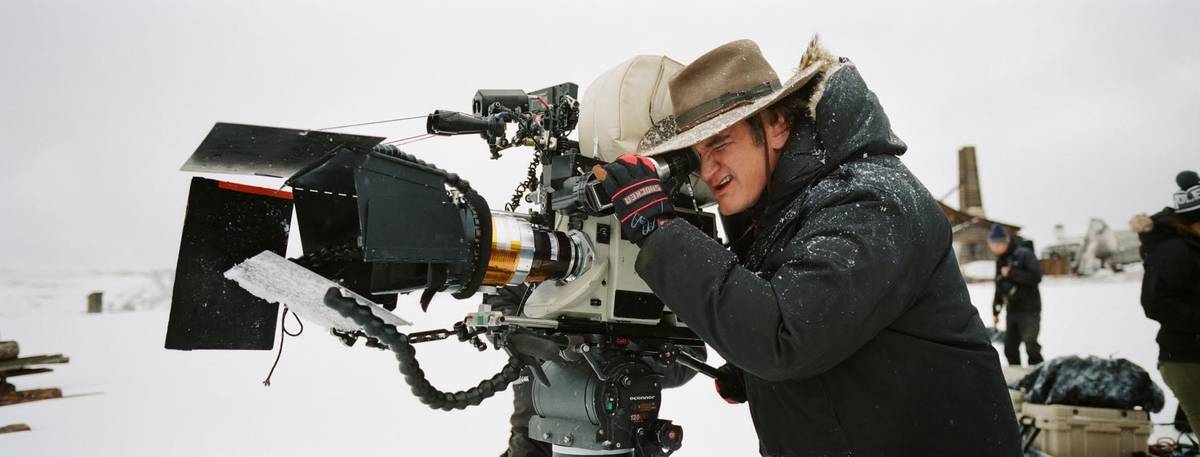
While ticket and concession prices have not changed in the two years since Quentin came on board, there have been a few changes. A small partition wall in the lobby was removed and we’re now able to display large format posters, mostly from France and Italy. The periscope projection system was eliminated, resulting in a crisper and brighter image. 4 Track mag heads and a 16mm projector were installed, giving us the ability to show more film formats. Plus, the concession stand has been expanded, carpet replaced, seats re-upholstered and cupholders added.
Quentin does the vast majority of the monthly programming at the New Beverly, having launched with an October 2014 double feature tribute to Paul Mazursky featuring BOB & CAROL & TED & ALICE and BLUME IN LOVE. He also started an ongoing weekend kiddee matinee series and added Friday midnight shows of his own work, promising “if you want to see one of my movies in 35mm, any week of the year, there is one place you can go to.”
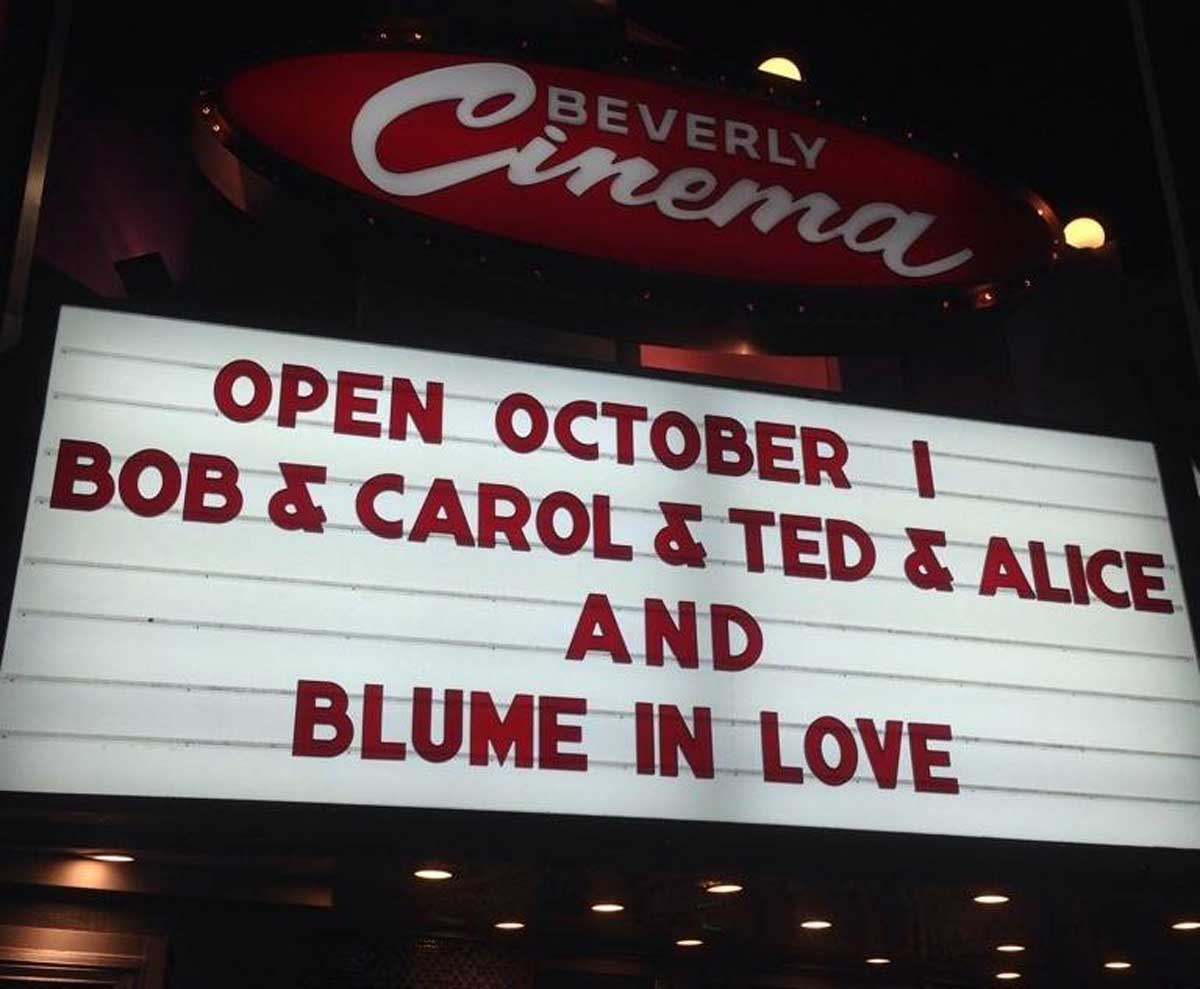
Other popular programming series that Quentin has scheduled include two blockbuster months in tribute to 90’s cinema, Shawtember (an action-packed Shaw Bros. retrospective), Ozploitation (Australian exploitation), Meeker Mania (an extended Ralph Meeker celebration) and salutes to Richard Fleischer, Glenn Ford, John Cassavettes (as actor) and more. Quentin has also continued and expanded the wildly popular Grindhouse Tuesdays, run for over a decade by our beloved friend and Hollywood Book and Poster Co. founder Eric Caidin with current New Bev manager Brian Quinn. Tuesdays remain one of our most popular nights with a tremendously loyal following.
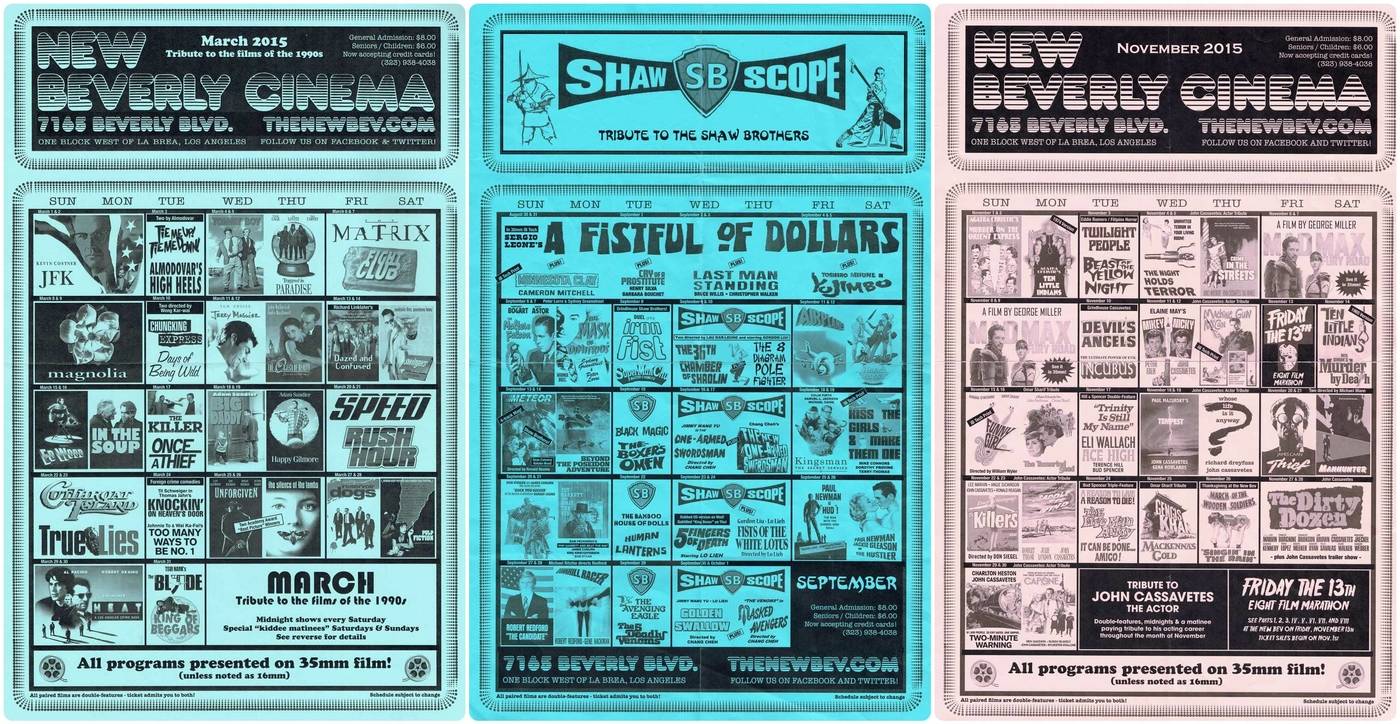
Many of the 35mm and 16mm prints shown are from Quentin’s private collection. One of the prime reasons he wanted to run the New Beverly was to share his collection with an audience. Said Quentin of his prints, “I have a really, really huge film-print collection that I’ve been curating for almost 20 years now. And I want to show my prints! We’ll still be borrowing prints from the studios and other collectors, but I like the idea that the base of what we’re doing will be my print collection. Some of them are absolutely amazing, and I want people to see them, to enjoy them."
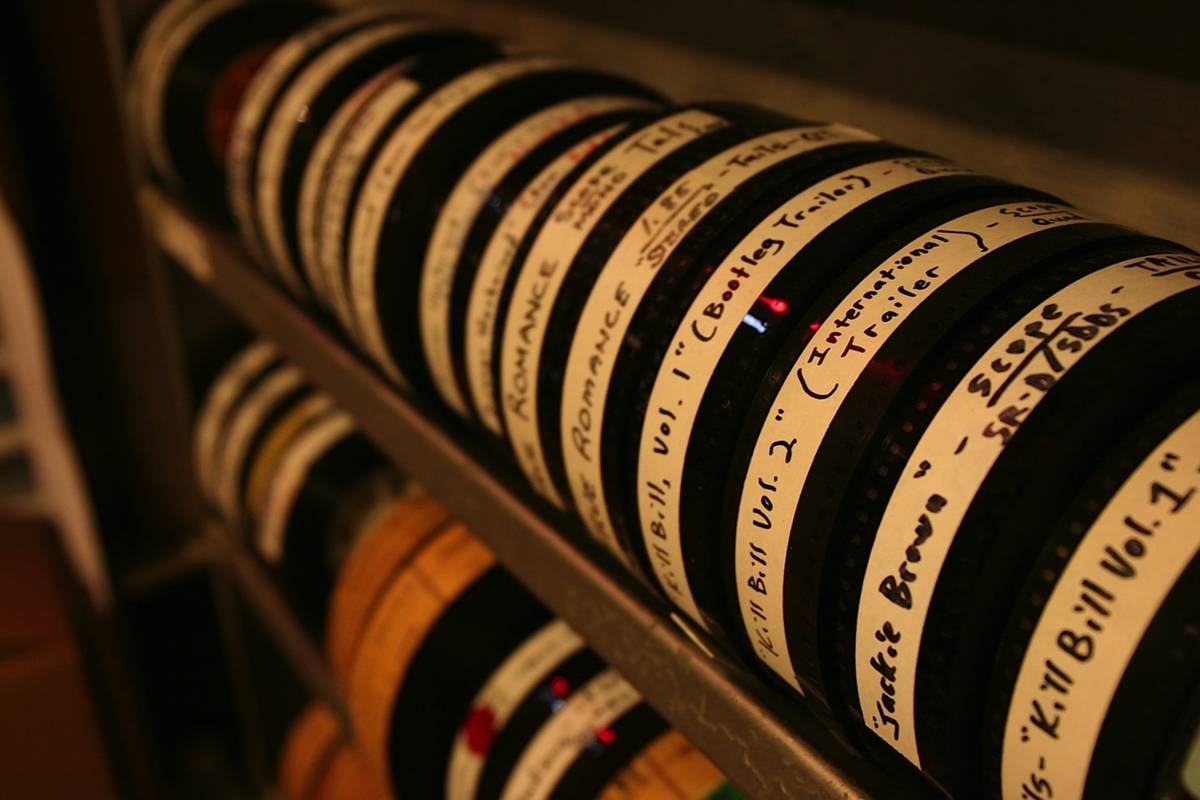
We look forward to continuing to keep light on the screen in the house that Sherman built, to facilitate Quentin’s dreams and to keep building the New Beverly family with you all.
